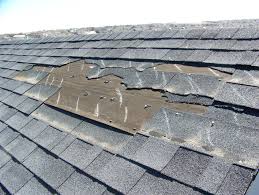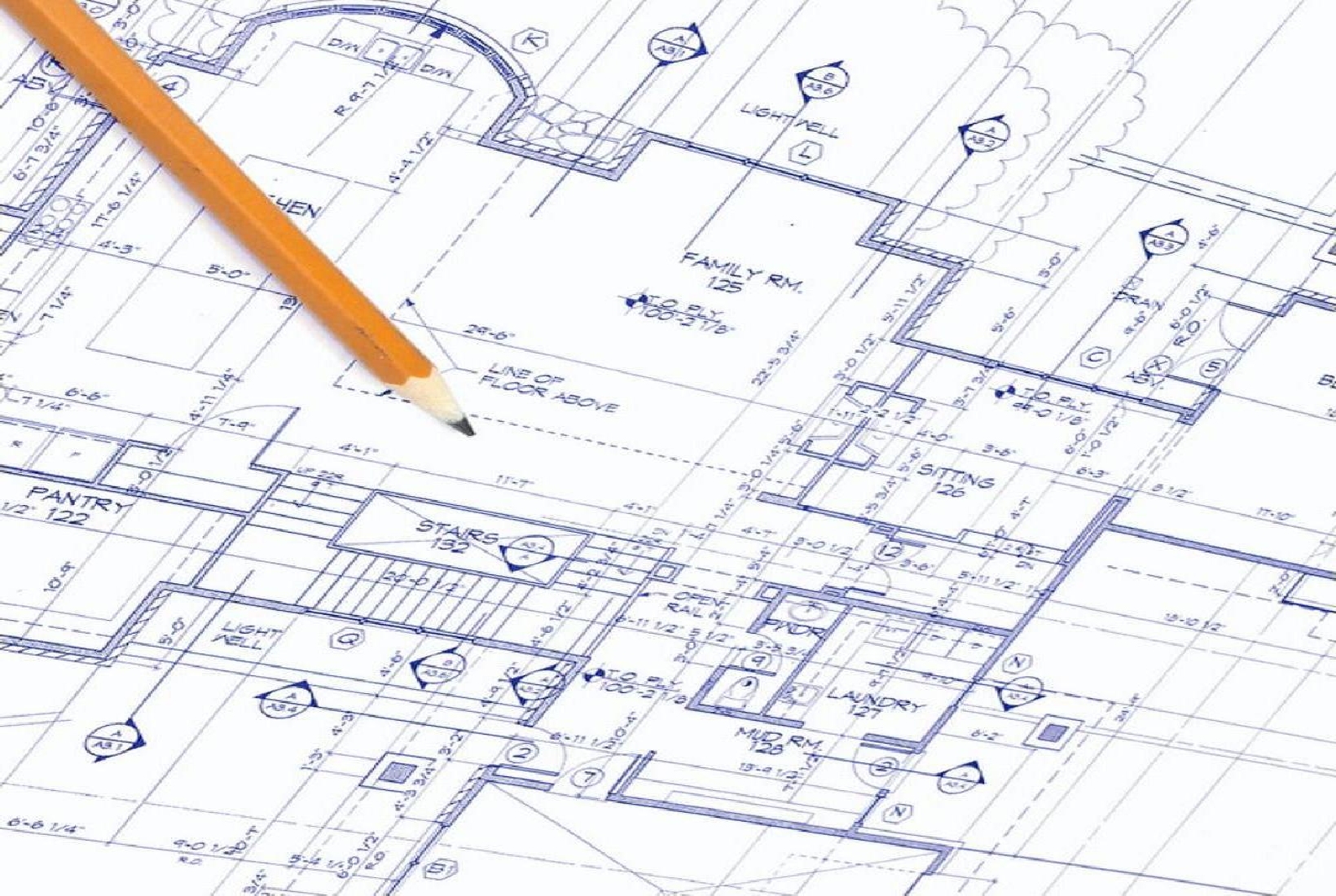Damage Roof Inspections & Moisture Damage Assessment
By EMA Structural Forensic Engineers – Houston, TX & New Orleans, LA
EMA Structural Forensic Engineers provides advanced, engineering-led Damage roof inspections and moisture assessments to identify structural integrity issues, storm damage, and hidden water infiltration. We serve both residential and commercial properties across Houston and New Orleans, offering expert reports and litigation-grade documentation.
? Houston Office: 832-548-3972
? New Orleans Office: 504-355-3094
? emaforensics.info
? Damage Roof Inspections Procedures
At EMA, our inspections go far beyond the surface. As licensed forensic engineers, we apply structural engineering principles to evaluate the safety, performance, and failure conditions of roofing systems.
Our standard roof inspection includes:
Visual Roof Survey
Structural Evaluation
Material Performance Assessment
Code Compliance Review
Roof Drainage & Flashing Inspection
⚠️ Damage Roof Assessment Services
We identify and document:
Hail & wind damage roof inspections
Water intrusion, damage roof inspections
Structural shifts
Construction defects, damage roof inspections
Fire or smoke damage damage roof inspections
All findings are compiled into a PE-certified forensic report, suitable for insurance claims, litigation, or contractor accountability.
? Roof Moisture Assessment
Infrared Thermography
Tramex Moisture Meters
Core Sampling (if required)
Humidity & Dew Point Analysis
? Who We Serve
Homeowners & Property Managers
Insurance Adjusters & Attorneys
HOAs & Condo Associations
Municipalities & Educational Facilities
Commercial Real Estate Developers
? Deliverables You’ll Receive
Detailed roof inspection report with photographic documentation
Certified structural roof inspections engineering report
Moisture maps & thermographic scans
Roof life expectancy & repair recommendations
Forensic evidence for claims or litigation
? Frequently Asked Questions (FAQs)
Roof Inspections & Moisture Assessment – EMA Structural Forensic Engineers
Q: What are forensic roof inspections?
A forensic roof inspection is a structural and materials-based evaluation conducted by a licensed forensic engineer. It investigates the root causes of roof failures, damage, or defects, often used for insurance claims, lawsuits, or post-disaster assessments. EMA provides PE-certified forensic reports with photo and thermal documentation.
Q: How do I know if my roof has hidden water damage?
Common signs include ceiling stains, moldy odors, peeling paint, or unusual humidity indoors. EMA uses thermal imaging, core sampling, and non-invasive moisture meters to detect hidden water damage in insulation, underlayment, or structural components.
Q: What tools do engineers use for roof moisture assessment?
We use:
Infrared thermography
Tramex DEC scanners
Core sampling
Humidity & dew point testing
These tools help us detect and document even the smallest pockets of trapped moisture.
Q: Can I use your inspection report for an insurance claim?
Yes. Our engineering reports are formatted for use in insurance claims, litigation, and contractor disputes. We provide unbiased, legally admissible documentation prepared by licensed professional engineers (PEs).
Q: How long does a forensic roof inspection take?
The average inspection takes a few hours to days onsite, depending on roof size and accessibility. Full reports are typically delivered within 96 hours. Emergency response and expedited delivery are available.
Q: Do you inspect commercial flat roofs?
Yes. EMA inspects all roofing systems, including TPO, EPDM, BUR, modified bitumen, metal, shingle, tile, and green roofing systems.
Q: Do you service both Houston and New Orleans?
Yes. EMA has licensed forensic engineers in both:
? Houston, TX — Call 832-548-3972
? New Orleans, LA — Call 504-355-3094
We also serve Sugar Land, The Woodlands, Metairie, Baton Rouge, and nearby metro areas.
Q: What makes EMA different from a roofing contractor?
Contractors look for repair work. EMA provides unbiased, engineering-led diagnostics without selling repairs. Our purpose is to objectively determine the cause, origin, and extent of roof problems—ideal for complex claims, litigation, and expert witness testimony.
? Contact EMA Forensic Engineers
Houston, Texas
(832) 548-3972
New Orleans, LA Office
? 504-355-3094
? info@emaforensics.info
? Website: https://emaforensics.info
Roof Inspections
Damage Roof Inspections
| Visual Damage Roof Inspections are provided by licensed engineers and experienced technicians, a set of ‘eyes’ during all phases of the installation. Critical areas such as fastening patterns of underlying insulation, mopping techniques, or glue application and drying times can be monitored for compliance with the contract documents and manufacturer’s standards. EMA’s Damage roof inspections have extensive experience to observe all phases of a roof installation to ensure materials are in compliance with project documents. Before the start of work, our inspectors are provided specifications, drawings, shop drawings, and submittals. The inspector’s attendance at the Pre-Job Conference with respective contractual parties allows a thorough understanding of the system installation, set-up areas, and anticipated internal disruptions. The inspector generates Damage Roof Inspection Reports, which delineate material and installation compliance and document any unforeseen contingent items to the contract. Non-compliance issues are immediately addressed with the roofing contractor, design professional, or building owner to ensure proper installation of the specified roofing assembly.  Roof Inspections by Licensed Engineers.EMA roof engineers can inspect and perform damaged roof inspections in Houston, Corpus Christi, Port Aransas, New Orleans, Lake Charles, Lafayette on any roof system including concrete roofs, gravel and shingled roofs. After hurricanes or natural disasters, including lightning strikes, the roof may get damaged. That is where we send our professional engineers and inspectors to do a thorough inspection of the roofing and extent of damages for insurance claim purposes and repairs. We also perform damage roof inspections for all shingle, metal & clay tile, or concrete tile roofs after any storm or hurricane as per Florida building code chapter 15. Please call for our services.  Damage Inspections & Testing.EMA Engineers performs detailed, professional damage roof inspections with state-of-the-art moisture detection devices and gives thorough explanations with digital pictures. Roof Damage Inspection Procedure.The starting point of the roof Inspection should be the roof of the building. The interior walls and ceilings should be checked for signs of water staining. After inspecting the interior by a damaged roof inspections engineer thorough inspection of the exterior walls should be made along with the roof system. The following roof components should be inspected: Flashing: These are the protection for the membrane termination and often provide a waterproof cover at the membrane termination. These include counter-flashing, expansion joint covers, copings, and flashing at walls and curbs. A variety of problems may occur at these vulnerable locations due to damaged sections. Penetrations: These are pipes, drains, vents, stacks, and other items that penetrate the roof membrane. These MUST be flashed properly to assure a watertight roof system by roof engineers. Field Membrane – What to look for: · Open seams, excessive blisters, wrinkles, ridges, or areas of non-adhered membrane. How to Inspect damage Roof inspections TypesThe first protection any house has against the elements is the roof, and there are a variety of roofing materials. You can learn a few basics about each material that will help you spot damage that needs to be repaired or roofing that should be replaced, as reported in roof inspections. Shingles damage roof inspections Asphalt roofing surfaces are granular. When asphalt shingles age, they become brittle from the sun and other elements. Then the granules can detach from the shingles. Check in the gutters and at the end of the downspouts for asphalt granule deposits. Inspect the roof for spots that look bare where all the granules have detached and been washed away. Also, inspect for missing, torn, or warped shingles. When the edges or corners of shingles are rising or curling, they have outlived their usefulness and will need replacing. Also, look for indentations or punctures from hail damage. This can be far more costly than simply adding shingles, so knowing how many layers are on the roof and the legal limitations can be valuable. You can commonly determine how many layers are present by examining the edge of the roof during damage roof inspections. Metal Damage Roof Inspections Metal roofs are commonly steel, copper, aluminum, or galvanized iron. Most metal roofs have a life expectancy of about 50 years. Perforations, pits, rust, or corrosion can help determine the age of the roof. Check the seams, corners, and joints for loose, dried-out, or peeling caulk or other seam material while performing damage roof inspections. Slate or Clay Tile Metal Roof Inspections Composite tile damage roof inspections are not as popular and are made to resemble clay tile. They are principally installed on homes that lack the structural ability to hold much heavier concrete. Composite tiles also cost less to install. Clay tile Damage roof inspections come in two types: terracotta and sand cast. Terracotta tile looks just like the material of clay flower pots. Sand cast tiles come in different colors noted during damage roof inspections.Slate and clay tile roofs and even cement shingles are designed to last as long as the structure when cared for properly. However, they can be broken by hail, ice, or by walking on them. Avoid walking on these materials and use a drone or binoculars to look for any missing tiles or ones that are chipped or broken. Roof inspections. This is another roofing material you should not be walking on. Inspect these roofs from a ladder, with binoculars or a drone camera. Wooden shakes are split by hand, and wood shingles are sawed and tapered. The weather will deteriorate wood shakes and shingles over time. See if there are missing, rotted, warped, or broken shingles or shakes. As a general rule of thumb, if a third or more of these roofs are damaged, the whole roof needs replacement. | ||
